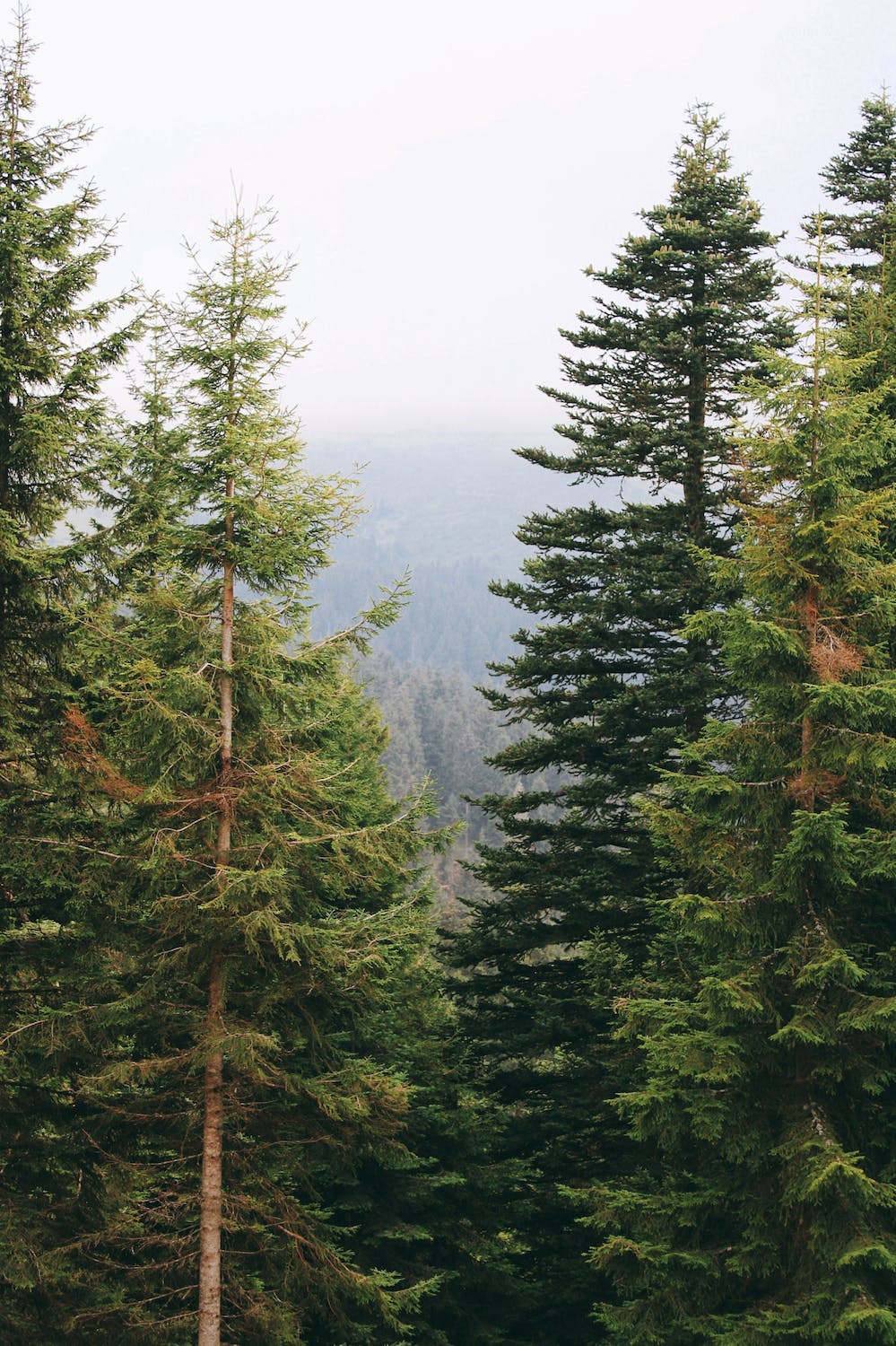A Blast from the Past: Comparing the Fashion Industry in Spring/Summer 1983 to Spring/Summer 2023
The fashion industry has always been a dynamic and ever-changing landscape, with new trends and styles emerging every season. As we take a trip down memory lane, let's explore the differences between the fashion industry in spring/summer 1983 and spring/summer 2023. From popular styles and fabrics to themes and price points, we'll see how much has changed and what has remained the same.
Popular Trends and Styles
Spring/Summer 1983: The early '80s were all about bold colors, oversized silhouettes, and statement-making styles. Some standout trends included power suits with shoulder pads, high-waisted jeans, crop tops, and mini-skirts. The athleisure trend also took off, with tracksuits and leg warmers becoming wardrobe staples. Accessories such as chunky jewelry, scrunchies, and fingerless gloves completed the look.
Spring/Summer 2023: Fast forward to 2023, and we see a mix of nostalgia and innovation. Retro styles inspired by the '80s and '90s have made a comeback, including oversized blazers, high-waisted pants, and crop tops. However, these classic pieces are updated with modern twists like unique prints and sustainable fabrics. Other popular trends include gender-neutral clothing, minimalist designs, and a focus on comfort and functionality.
Fabrics and Colors
Spring/Summer 1983: Synthetic fabrics like polyester, nylon, and spandex were widely used in the '80s, as they were affordable and easy to care for. Bold, vibrant colors dominated the fashion scene, with neon shades of pink, green, yellow, and blue making a statement.
Spring/Summer 2023: In contrast, the fashion industry in 2023 has shifted towards sustainable and eco-friendly fabrics like organic cotton, linen, and Tencel. There is also a focus on using recycled materials and reducing waste. Color-wise, while bold hues still have a place, there is a greater emphasis on earthy tones, pastels, and monochromatic palettes.
Themes
Spring/Summer 1983: The fashion of the early '80s was characterized by a sense of fun, individuality, and self-expression. Pop culture, especially music and movies, heavily influenced the styles of the time, with icons like Madonna, Michael Jackson, and Prince setting trends.
Spring/Summer 2023: Today's fashion is driven by themes like sustainability, inclusivity, and social responsibility. Brands are more conscious of their environmental impact and are working towards creating ethical, eco-friendly products. Additionally, there is a growing awareness of the need for diverse representation in fashion, with brands catering to a wider range of body types, sizes, and gender identities.
Price Points: The T-Shirt Example
Spring/Summer 1983: In the '80s, a basic t-shirt could be purchased for around $5 to $10, depending on the brand and quality. Designer t-shirts, on the other hand, could fetch prices upwards of $50.
Spring/Summer 2023: Fast forward to 2023, and the price of a t-shirt has increased significantly due to inflation and higher production costs. A basic t-shirt can now range from $20 to $40, while designer options can cost anywhere from $100 to $500 or more. However, consumers are also more willing to invest in high-quality, sustainable clothing that will last longer, even if it comes with a higher price tag.
Sustainability and Inclusiveness
Spring/Summer 1983: The concepts of sustainability and inclusiveness were not as prevalent in the fashion industry of the early '80s. The focus was primarily on producing trendy, affordable clothing with little regard for the environmental or social impact.
Spring/Summer 2023: In recent years, there has been a significant shift towards sustainable practices and inclusivity in the fashion industry. Brands are increasingly adopting eco-friendly production methods, using recycled materials, and promoting fair labor practices. Additionally, there is a growing demand for size-inclusive and gender-neutral clothing options, with more brands catering to diverse customer needs.
In conclusion, the fashion industry has evolved dramatically over the past four decades. While some trends from the spring/summer of 1983 have made a comeback, the industry as a whole has become more conscious of its environmental impact and the need for inclusiveness. It's fascinating to see how fashion reflects the changing values and priorities of society, and we can only imagine what the future holds for this dynamic industry.





Leave a comment